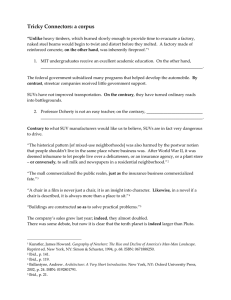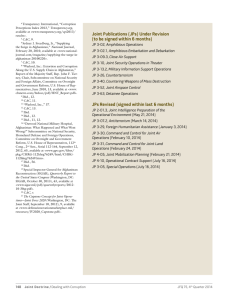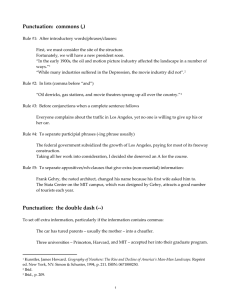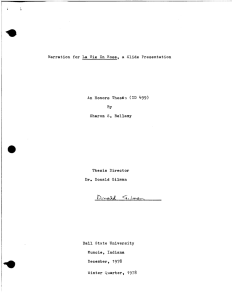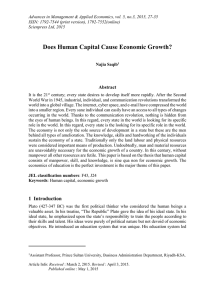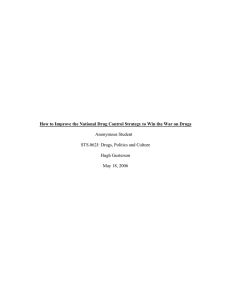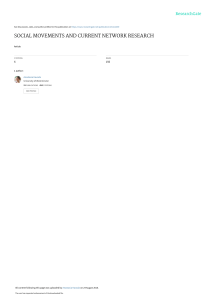September 2013 bacterial infection infected individual (esp. through coughing and sneezing).
advertisement
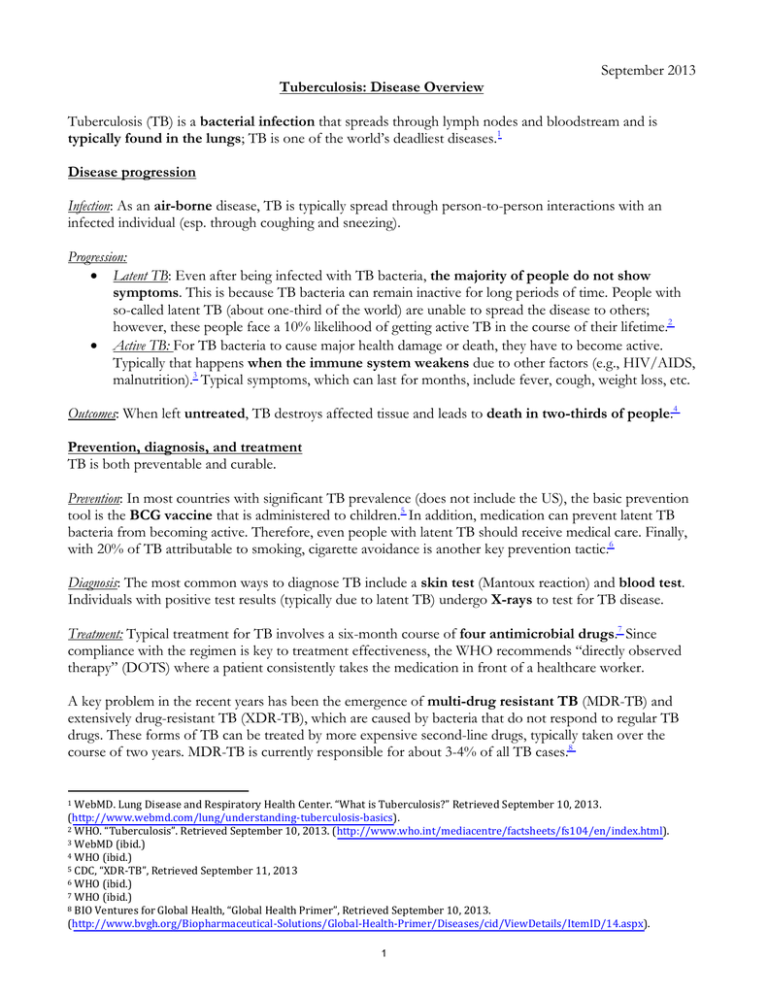
Tuberculosis: Disease Overview September 2013 Tuberculosis (TB) is a bacterial infection that spreads through lymph nodes and bloodstream and is typically found in the lungs; TB is one of the world’s deadliest diseases.1 Disease progression Infection: As an air-borne disease, TB is typically spread through person-to-person interactions with an infected individual (esp. through coughing and sneezing). Progression: Latent TB: Even after being infected with TB bacteria, the majority of people do not show symptoms. This is because TB bacteria can remain inactive for long periods of time. People with so-called latent TB (about one-third of the world) are unable to spread the disease to others; however, these people face a 10% likelihood of getting active TB in the course of their lifetime.2 Active TB: For TB bacteria to cause major health damage or death, they have to become active. Typically that happens when the immune system weakens due to other factors (e.g., HIV/AIDS, malnutrition).3 Typical symptoms, which can last for months, include fever, cough, weight loss, etc. Outcomes: When left untreated, TB destroys affected tissue and leads to death in two-thirds of people.4 Prevention, diagnosis, and treatment TB is both preventable and curable. Prevention: In most countries with significant TB prevalence (does not include the US), the basic prevention tool is the BCG vaccine that is administered to children.5 In addition, medication can prevent latent TB bacteria from becoming active. Therefore, even people with latent TB should receive medical care. Finally, with 20% of TB attributable to smoking, cigarette avoidance is another key prevention tactic.6 Diagnosis: The most common ways to diagnose TB include a skin test (Mantoux reaction) and blood test. Individuals with positive test results (typically due to latent TB) undergo X-rays to test for TB disease. Treatment: Typical treatment for TB involves a six-month course of four antimicrobial drugs.7 Since compliance with the regimen is key to treatment effectiveness, the WHO recommends “directly observed therapy” (DOTS) where a patient consistently takes the medication in front of a healthcare worker. A key problem in the recent years has been the emergence of multi-drug resistant TB (MDR-TB) and extensively drug-resistant TB (XDR-TB), which are caused by bacteria that do not respond to regular TB drugs. These forms of TB can be treated by more expensive second-line drugs, typically taken over the course of two years. MDR-TB is currently responsible for about 3-4% of all TB cases.8 WebMD. Lung Disease and Respiratory Health Center. “What is Tuberculosis?” Retrieved September 10, 2013. (http://www.webmd.com/lung/understanding-tuberculosis-basics). 2 WHO. “Tuberculosis”. Retrieved September 10, 2013. (http://www.who.int/mediacentre/factsheets/fs104/en/index.html). 3 WebMD (ibid.) 4 WHO (ibid.) 5 CDC, “XDR-TB”, Retrieved September 11, 2013 6 WHO (ibid.) 7 WHO (ibid.) 8 BIO Ventures for Global Health, “Global Health Primer”, Retrieved September 10, 2013. (http://www.bvgh.org/Biopharmaceutical-Solutions/Global-Health-Primer/Diseases/cid/ViewDetails/ItemID/14.aspx). 1 1 September 2013 Worldwide burden of disease TB is the second-largest cause of infection-related deaths worldwide, killing approximately 1.4M per year and leading to 8.7M new infections per year.9 Although anyone can get TB, people with weakened immune systems are at greatest risk. TB prevalence has reduced drastically since the introduction of antibiotics in the 1950s (with the number of deaths per year falling by 41% since 1990). The world is on track to meet the Millennium Development Goal of reversing the spread of TB by 2015.10 Also, with the exception of Africa, most regions are on track to reduce TB mortality by 50% by 2015 relative to 1990 (one of the Stop TB Partnership targets).11 Differences in incidence and care Geography: Twenty-two high-burden countries (primarily in Asia and Africa but also including Russia and Brazil) account for 80% of TB cases. Among those China and India account for half of the cases.12 Over 95% of deaths occur in low- and middle-income countries. Population groups: TB is the leading cause of death for HIV-infected people, causing about a quarter of those deaths.13 Risk of active TB is also correlated with other conditions that compromise the immune system. There are also gender inequalities: worldwide TB is the third-largest killer of women age 15-44.14 Key success factors As suggested by WHO’s Stop TB strategy, the key inputs into managing the global TB burden include: Expanding and enhancing access to directly observed treatment; Addressing TB/HIV co-infection issues, MDR-TB, and the needs of vulnerable populations; Strengthening health systems with a focus on primary care; Engaging all providers to promote the standard of care for TB; Empowering TB patients and communities; Promoting and enabling research for new drugs, vaccines, and diagnostics as well as operational studies of current tools.15 Conclusion Though the world is on track to meet the TB MDG by 2015, problems persist. Almost 80% of people living with TB do not have access to the WHO-recommended DOTS strategy.16 Moreover, the emergence of MDR-TB and XDR-TB means that cost of treatment can go up from about $2K/person to almost $250K/person. TB eradication will require sustained multilateral and bilateral efforts (incl. significant funding flows through organizations like The Global Fund) that include greater patient and provider engagement, a focus on health systems, and continued research investments.17 WHO (ibid.) WHO (ibid.) 11 STOP TB Partnership. “About Us”. Retrieved September 11, 2013. (http://www.stoptb.org/about/) 12 BIO Ventures for Global Health (ibid.). Also WHO, “Global Tuberculosis Report 2012”, (http://www.who.int/tb/publications/global_report/en/index.html) 13 WHO (ibid.) 14 STOP TB Partnership (ibid.) 15 BIO Ventures for Global Health (ibid.) 16 WHO (ibid.) 17 CDC (ibid.) 9 10 2 MIT OpenCourseWare http://ocw.mit.edu 15.232 Business Model Innovation: Global Health in Frontier Markets Fall 2013 For information about citing these materials or our Terms of Use, visit: http://ocw.mit.edu/terms.



